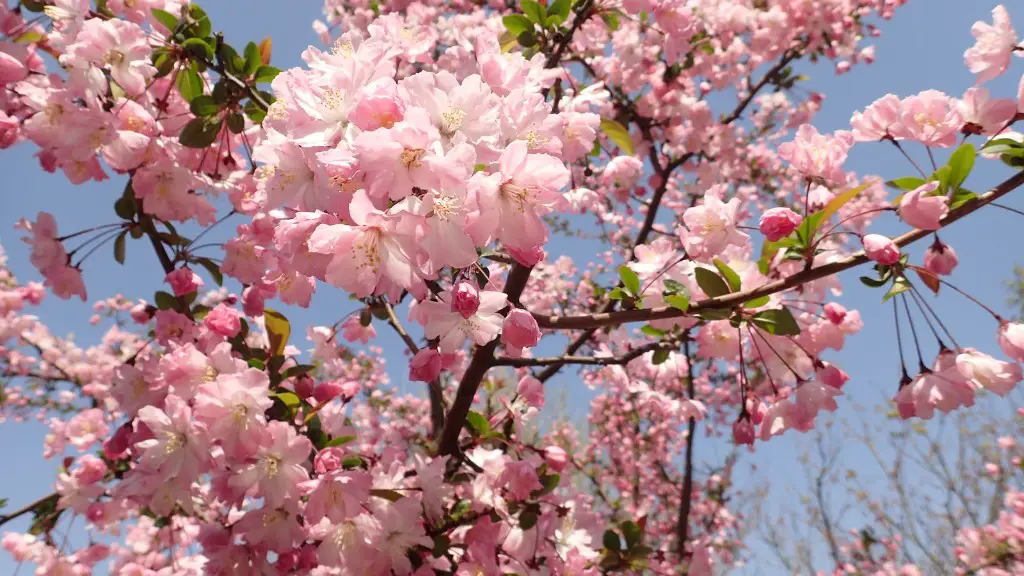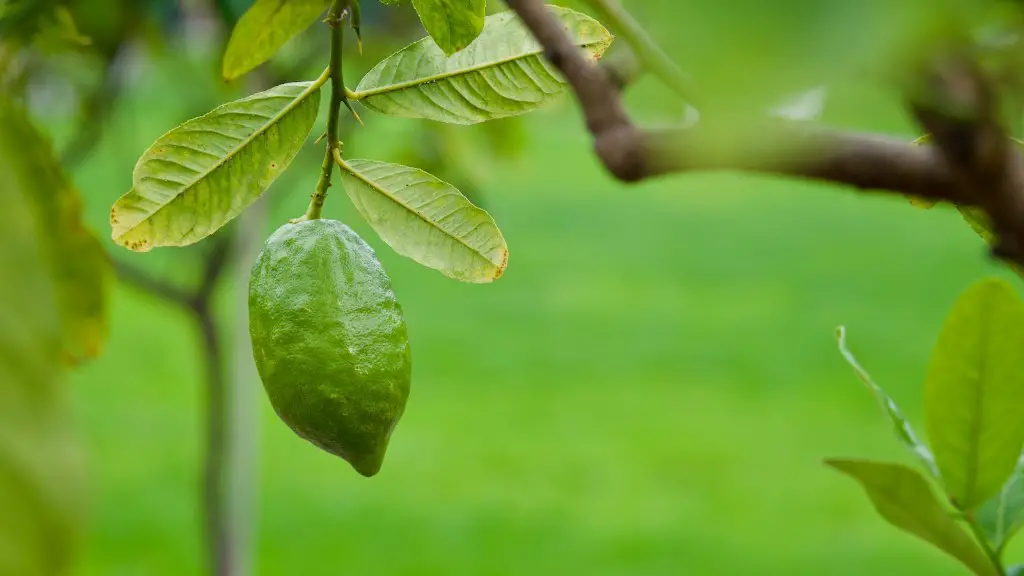Nutritional Deficiencies
When a palm tree’s leaves start to turn yellow there is usually some underlying cause. One of the most common causes is a nutritional deficiency. The three important macro-nutrients (nitrogen, phosphorus and potassium) can all be lacking in the soil around a palm tree, leading to yellow leaves. Even if the soil contains these nutrients, if the tree’s root system can’t get at them, then it can’t absorb them.
An easy way to diagnose this issue is by looking at the pigmentation of the leaves. If they are yellow with a green tinge then it is likely to be a nutritional deficiency. If the leaves are completely yellow with no green then it could be a more serious problem, such as too much water.
It is important to have your soil tested to check the nutrient levels. This will allow you to determine if the issue is a nutrient deficiency. If it is then you can start to address the issue.
Root Damage
Root damage is another possible cause of yellow leaves on a palm tree. If the roots of a palm tree are damaged then the tree cannot absorb the nutrients from the soil, leading to yellow leaves. Root damage can be caused by compacted soil, weeds, soil diseases or pests.
You can identify root damage by looking for discoloration, dead roots or root rot. Once root damage has been identified, it is important to take action to repair the damage and restore the health of the tree. This can be done by improving the soil’s drainage, fertilizing the soil and treating for pests, weeds or diseases.
It is also important to give the tree some time to recover. If the root damage is severe, then it may be necessary to remove the tree and start again.
Too Much Water
If the soil around a palm tree is overly moist or has standing water, then it can result in the formation of yellow leaves. Palm trees prefer soil that is well-draining, so be sure to check that the tree is adequately watered but not over watering. If the issue is too much water then the leaves will be completely yellow with no green.
The best solution for this issue is to let the soil dry out and remove any standing water. If the tree is in an area with poor drainage, then it may be necessary to install drainage systems such as French drains or underground pipes.
It is important to remember that palm trees are adapted to dry tropical climates, and may not fare well in wetter climates. If the climate is very wet, then the tree may need to be moved to a better location.
Fungal Diseases
Fungal diseases can also contribute to yellow leaves on a palm tree. Fungal diseases such as Fusarium wilt or Ganoderma root rot can cause discoloration, wilting and yellowing of leaves. These diseases can be difficult to diagnose, so it is important to closely monitor the tree and seek professional advice if necessary.
If a fungal disease is diagnosed then it is important to take action quickly. The first step is to prune away any infected leaves or branches and dispose of them safely. This will help to reduce the spread of the disease. If the disease is severe then fungicides may be necessary to control the infection.
It is important to remember that different fungi affect different palms, so it is important to identify the correct fungus before taking any action. The correct diagnosis and treatment of fungal diseases can help to keep your palm tree healthy.
Pests and Insects
Pest and insects can also cause yellowing of leaves on a palm tree. Common pests and insects include mealybugs, scale insects and aphids, all of which can suck the sap from the tree and deprive it of essential nutrients.
It is important to inspect your tree regularly for signs of infestation. Signs include discoloration, stunted growth, distortion of leaves, and webs or residue on the tree. Once you have identified an infestation it is important to take action promptly.
The best way to control pests and insects is with natural predators such as lacewings or ladybugs. If the infestation is severe then it may be necessary to use chemical insecticides.
Sunburn
Sunburn is another possible cause of yellowing of leaves on a palm tree. Palm trees are adapted to tropical climates so they don’t do well in direct sunlight or cold temperatures. If a palm tree is exposed to too much sunlight it can cause the leaves to yellow and burn.
It is important to remember that all palm trees need at least some sunlight to grow, but too much can be damaging. If you live in an area with intense sunlight it is important to ensure that your palm tree has some protection from the sun, either through shade structures or planting adjacent trees.
The best way to avoid sunburn is to keep your tree in a shaded and well-ventilated area. This will help to keep the tree cool and prevent the leaves from burning.
Over Fertilizing
Finally, it is possible that you are over-fertilizing your palm tree, which can lead to yellow leaves. Too much fertilizer can be just as bad as too little, as it can lock out essential nutrients and cause damage to the tree.
If you suspect that your palm tree is being over-fertilized it is important to reduce the amount of fertilizer being used, or switch to a slower-release fertilizer. This will help to ensure that the tree is getting the proper nutrition without the risk of over-fertilizing.
Conclusion
When a palm tree’s leaves start to turn yellow there can be several underlying causes, ranging from nutritional deficiencies or root damage to pests and insects or even too much sun or fertilizer. It is important to diagnose the issue quickly so that it can be addressed. The most common causes of yellow leaves are nutritional deficiencies, root damage, too much water, fungal diseases, pests and insects, and sunburn. It is important to remember that all palm trees need at least some sunlight to grow, but too much can be damaging. Finally, it is possible that you are over-fertilizing your palm tree, which can lead to yellow leaves.





